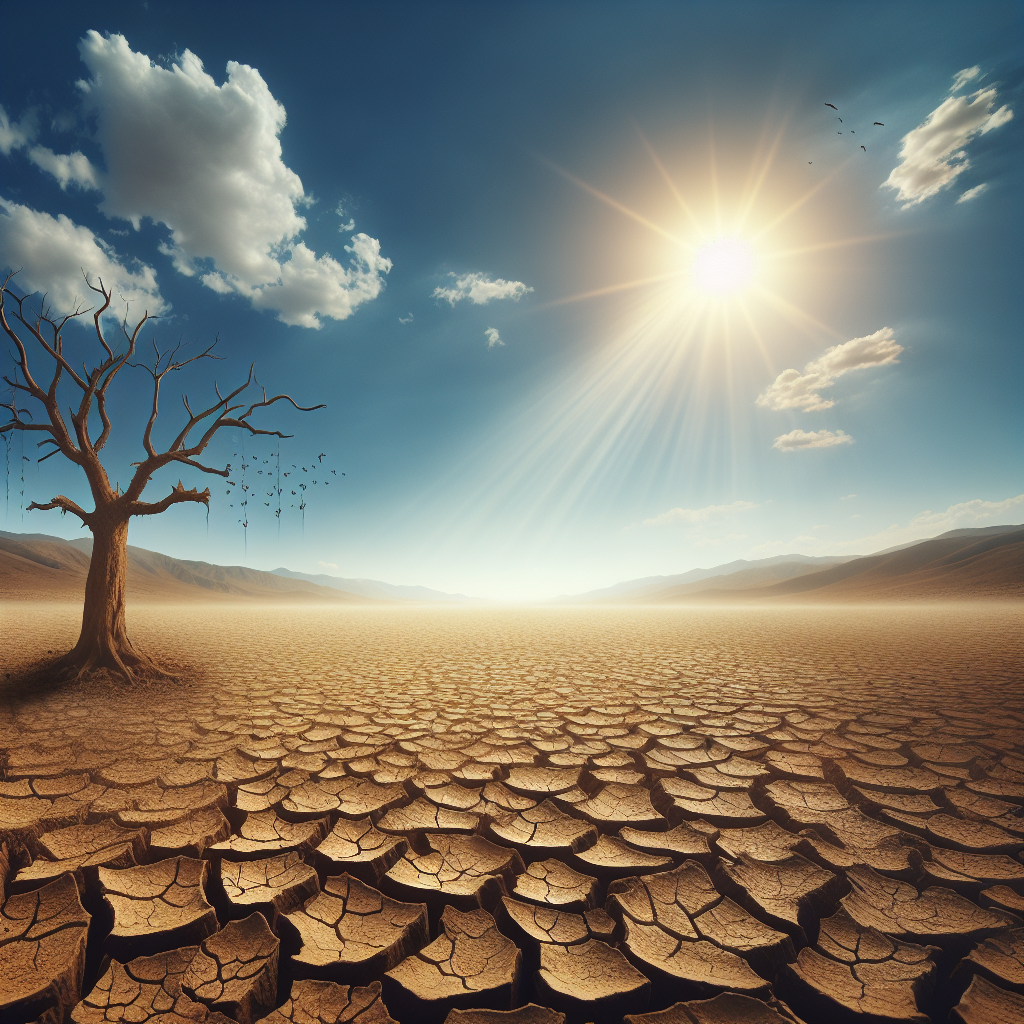Drought Crisis: Amazon River Levels Hit Historic Lows
Manaus, a key port city in the Amazon, is facing record-low river levels due to an unprecedented drought, impacting grain transport and local communities. Climate change is cited as a primary cause, and the region may not see moisture recovery until 2026, with severe impacts predicted.

The Amazon rainforest's largest city, Manaus, is grappling with severe transportation disruption as river levels hit historic lows. The region has been plagued by a drought believed to be prompted by climate change, affecting grain exports and essential supplies.
Last year, the drought escalated into a humanitarian crisis, marooning communities reliant on river transport. Now, authorities are on high alert, with a state of emergency declared in 62 municipalities in Amazonas, affecting over half a million individuals.
According to Valmir Mendonca, the head of port operations, the Rio Negro's levels continue to plummet, marking a new historic low. The drought has also impacted electricity production, prompting authorities to consider reinstating daylight savings to conserve energy.
(With inputs from agencies.)
ALSO READ
Severe Climate Change Impacts Intensify Devastating Floods in Austria
Intensified Gaza Conflict: Israeli Strikes Escalate as Humanitarian Crisis Deepens
Kashmir's Saffron Farmers Grapple with Climate Change Amid Struggle for Survival
Phoenix Endures Record-Breaking Heatwave: A Harsh Warning from Climate Change
The Role of Nationally Determined Contributions in Combating Climate Change










